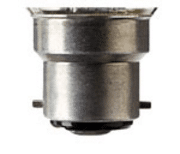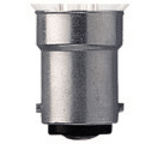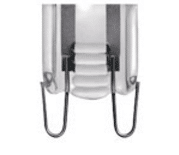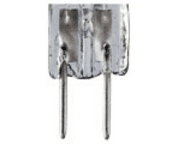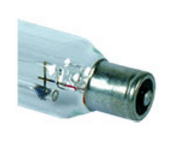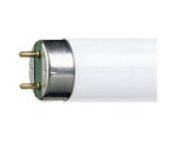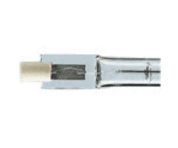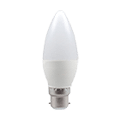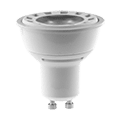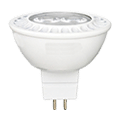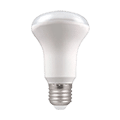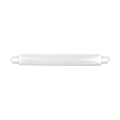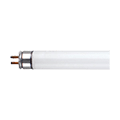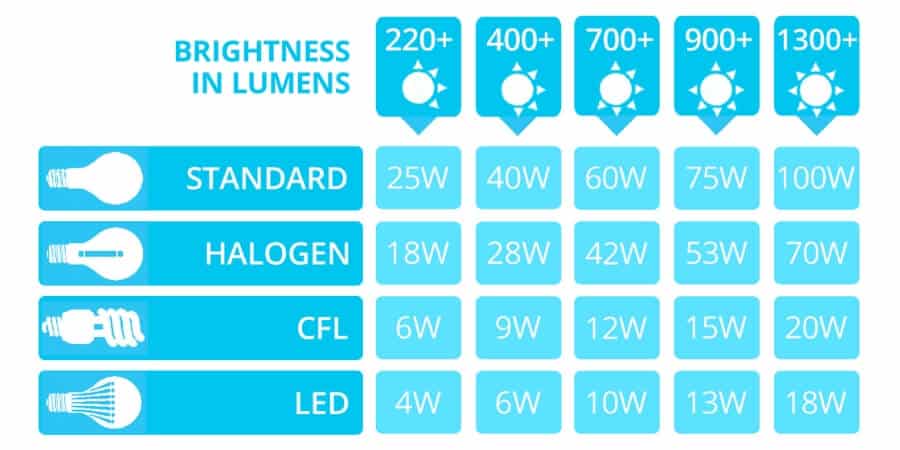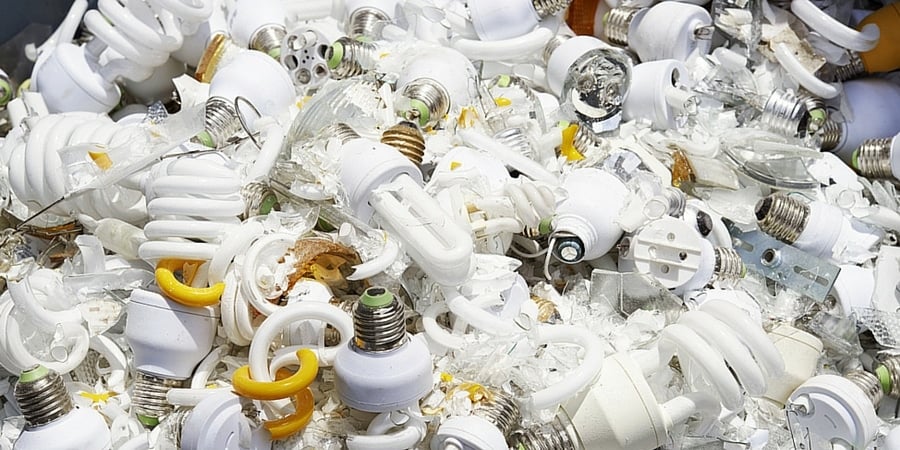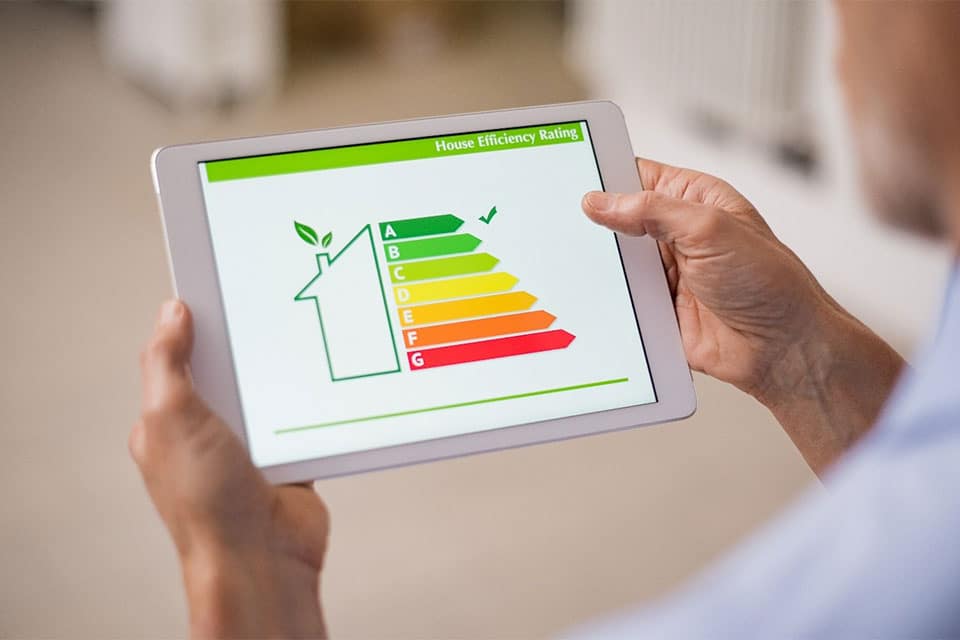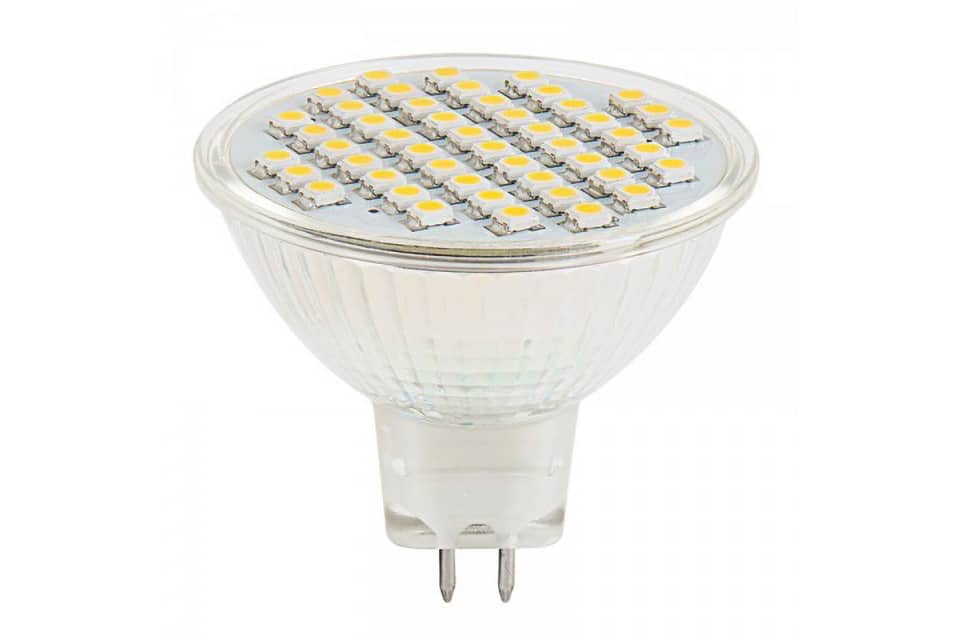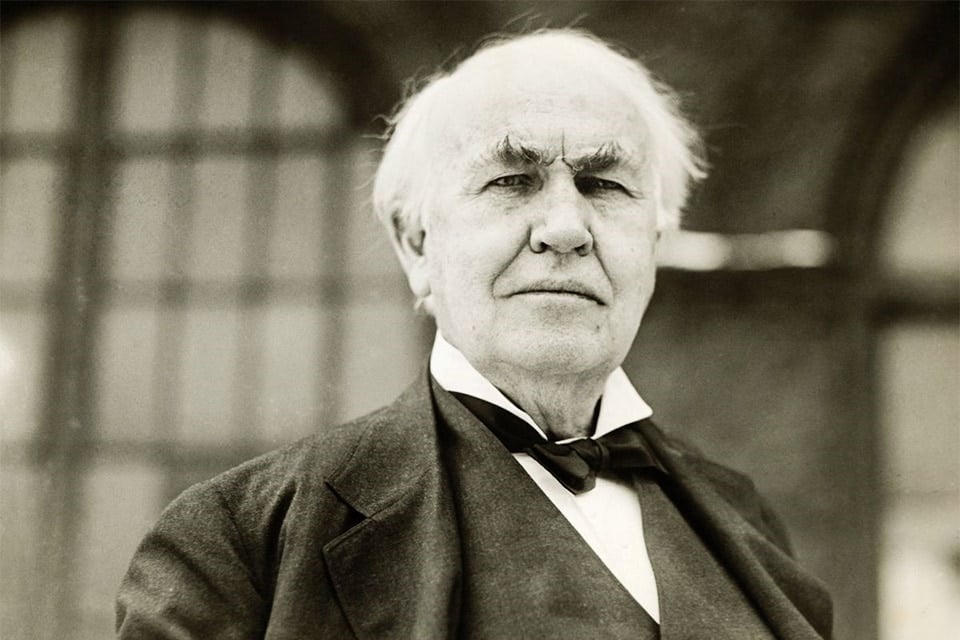Halogen lamps, like traditional incandescent lamps, use a tungsten filament, but they’re also filled with a small amount of halogen gas (such as iodine or bromine) in a capsule. Keep reading to learn more.
How Do Halogens Work?
The combination of tungsten filament and halogen gas causes a chemical reaction known as a halogen cycle to take place. This reaction then causes the evaporated tungsten to form a halide – a compound made of two elements – with the halogen gas. When it reaches a high enough temperature, the halide breaks apart and deposits tungsten back into the filament, thereby extending the life of the lamp. This reaction also keeps the lamp clear, whereas in an ordinary incandescent lamp, the filament is deposited on the inside of the glass bulb, reducing its clarity over time.
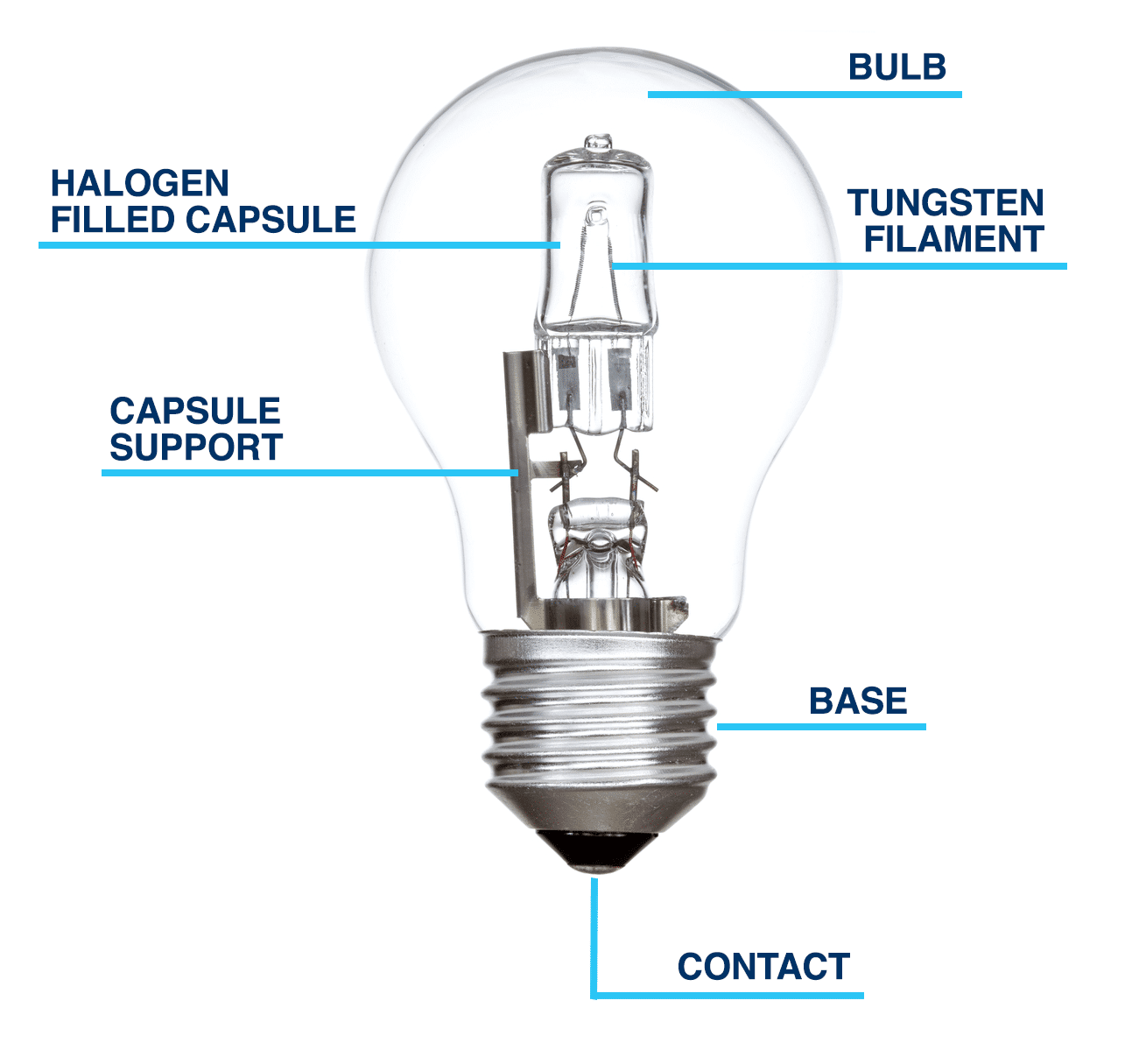
Halogen bulbs come in two varieties:
- Low voltage (but not low energy) bulbs recessed into ceilings (known as ‘down-lighters‘) and walls. These are usually MR16 bulbs, and they have a hidden transformer that steps down from mains 230 voltage to the 12 volts of the bulbs. They are also called ‘reflectors’ because they give directional light.
- Bulbs that are put in open mounts, typically GU10 mounts. These are normally found in kitchens, on spotlight ceiling bars, or ceiling plates. Although popular, they are not necessarily the most practical, as they cast shadows and generate a lot of heat. However, it is possible to buy compact-fluorescent (‘low energy’) bulbs to replace these, giving a more energy-efficient and less directional light. For an even more energy efficient solution you can also fit LED replacements. For more information, please see our Ultimate Guide to Buying LED.
Replacing Incandescent Bulbs with Halogens
Energy-saving halogen technology is widely used in retrofit products designed to replace incandescent bulbs, many of which have been phased out by recent EU legislation. Halogen technology produces a marginally cooler, brighter-looking light than the old technology, and is better than incandescent light at rendering short wavelength colours (i.e. violets and blues).
Energy-saving halogen bulbs are available as an economical alternative to incandescent GLS bulbs, candles, ‘R’ reflectors, globes, and golf balls because halogen typically has twice the lifespan of an incandescent equivalent.
Types of Halogen Bulbs & Their Uses
Halogen bulbs are available in a variety of different types and styles, each suited for a different use.
Mains-Voltage Halogen Spotlights
Examples: GU10
Halogen is one of the primary technologies used in spotlighting, partly due to the fantastic choice of products available. Another reason for its popularity is its superb colour rendering. A halogen bulb includes all colours of the visible spectrum in its light, which means colour is displayed with more consistency than is possible in LED or fluorescent technologies.
The GU10 spotlight is by far the most common type of mains-voltage halogen reflector. It is used in accent lighting, task lighting and general lighting. GU10 bulbs use what is known as a ‘twist and lock’ base, introduced by Sylvania in 1996. This base provides a very secure electrical contact, similar in principle to a bayonet cap. One defining factor in a GU10 is that infrared heat is always projected forward in the beam, whereas many MR16 low-voltage bulbs of the same size (50mm diameter) use a dichroic filter to dissipate heat through the back of the bulb.
The GZ10 bulb is a relatively rare mains-voltage bulb that dissipates its heat using a dichroic filter through the back of the bulb. The GZ10 is unsuitable for use in most GU10 light fittings – despite having the same pin arrangement, it will not fit because a GU10 bulb has a bevelled base, whilst the GZ10 is square. Light fittings normally carry a ‘no cool beam’ symbol to signify incompatibility with the GZ10.
Low Voltage Halogen Spotlights
Examples: AR111, MR8, MR11 & MR16
Halogen AR111 spotlights are often used in shops or showrooms, and normally have a metal block over their filament to prevent glare. The massively popular MR16 is universally loved, partly for its wide variety of designs and beam angles.
Low-voltage spotlights are available with an aluminium-coated reflector to project infrared heat forwards, or with a dichroic filter that allows infrared heat to pass through the back of the lamp. Because of this, a dichroic spotlight is useful for displaying heat-sensitive objects like food, artworks, or textiles.
One advantage of low-voltage spotlights is their sharper, brighter quality of light over their mains-voltage counterparts. In addition to display lighting, low voltage halogen spotlights are common in downlights and wire lighting systems.
Low voltage halogen spotlights use the following caps:
- AR111 = G53
- MR8 and MR11 = GU4
- MR16 = GU5.3
Unlike mains-voltage halogens, all low voltage halogen lamps require a 12V transformer, which is used to step down mains-voltage to individual or multiple low voltage bulbs, depending on maximum load.
Linear Halogens
Linear halogen lamps with R7S bases are found in floodlighting and security lights. The filament of the lamp is supported along its complete length, and the round bases at either end fit into sprung contacts. The filament must remain horizontal to maintain the bulb’s lifespan, hence their name.
Specialist halogen R7S heat lamps include jacketed and non-jacketed versions. Jacketed lamps tend to last longer because they’re protected from contaminants such as food. Heat lamps are available in clear, ruby, or gold finishes; a clear finish is used where the bright white light of halogen is required in addition to heat, while ruby or gold finishes subdue light output for applications where heat is predominantly needed.
Capsules
Halogen capsules are used in applications such as caravan lighting, boat lighting, pelmet lighting, or desk lighting. They come in low-voltage G4 or GY6.35 types, or a mains-voltage G9 format. The suffixed numbers in their names are based on the distance in millimetres between their two pin centres.
The G9 is the most compact mains-voltage halogen bulb available, and because it requires no 12V transformer it’s widely used in extremely small light fittings.
High-powered specialist halogen capsules are also available for applications such as theatre, TV, film, or projector lighting.
Uses at a Glance
Bulb Style | Common Uses |
|---|---|
| Mains-Voltage Spotlight | Accent lighting, task lighting, general lighting |
| Low Voltage Spotlight – No Dichroic Filter | Display lighting in shops or showrooms, downlights, wire lighting systems |
| Lower Voltage Spotlight – With Dichroic Filter | Displaying heat-sensitive objects (such as food) |
| Linear Halogens | Floodlighting and security lights |
| Capsules | Caravan lighting, boat lighting, pelmet lighting, desk lighting, small light fittings; theatre, TV, film, or projector lighting |


